Home>Garden Essentials>How Often Should You Water Basil Seeds
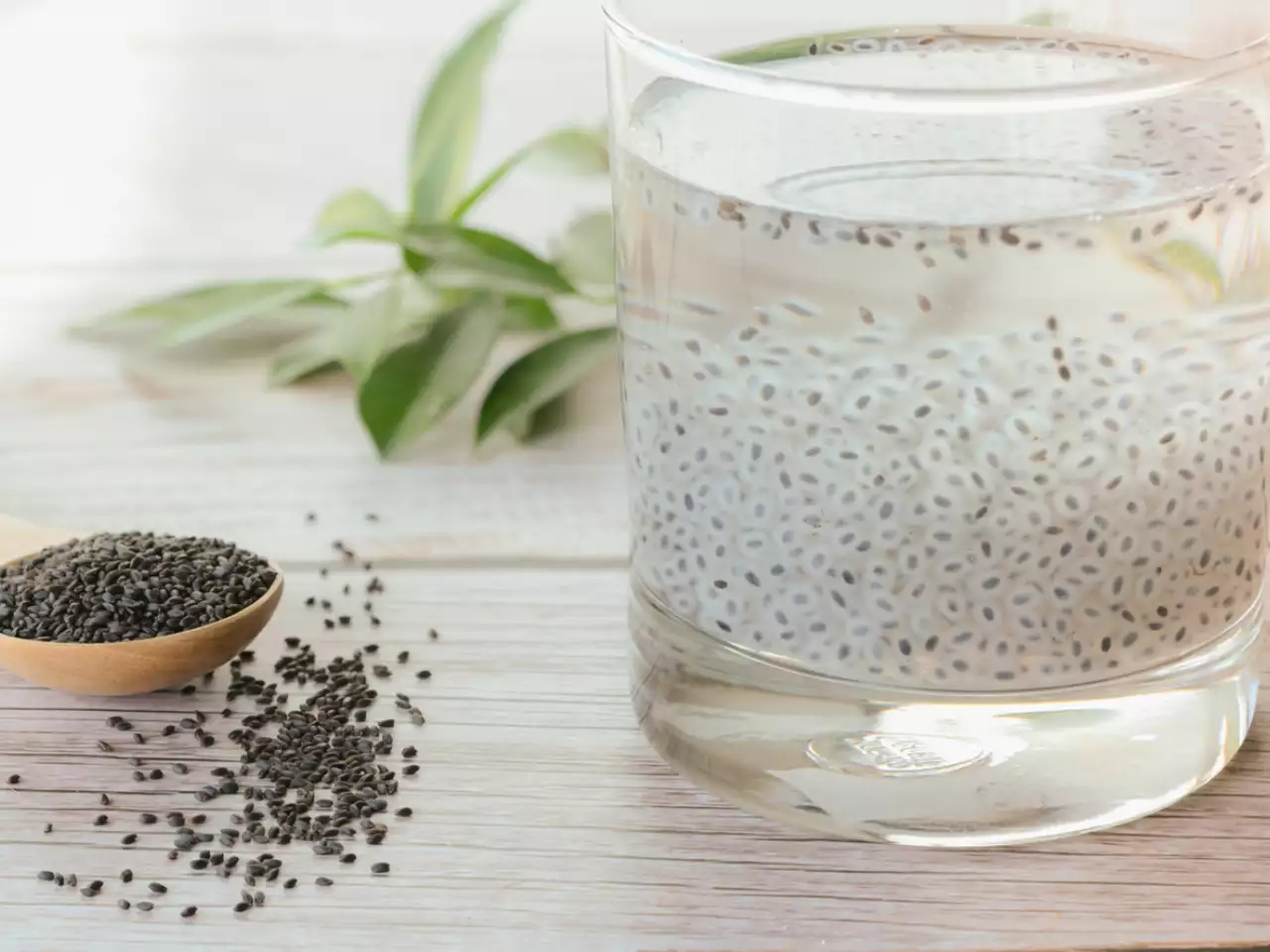

Garden Essentials
How Often Should You Water Basil Seeds
Modified: August 17, 2024
Learn the best watering schedule for basil seeds in your garden. Discover how often to water and keep your basil plants healthy and thriving.
(Many of the links in this article redirect to a specific reviewed product. Your purchase of these products through affiliate links helps to generate commission for Storables.com, at no extra cost. Learn more)
Introduction
Welcome to the world of gardening! If you find yourself on this page, chances are you have ventured into the exciting journey of growing basil seeds. Basil is a versatile and fragrant herb that adds a delightful touch to any dish. But when it comes to watering basil seeds, you may find yourself wondering: How often should I water them?
Watering frequency is a crucial factor in the success of growing basil seeds. Both under-watering and over-watering can have detrimental effects on their growth, so finding the right balance is essential. In this article, we will explore the factors that affect basil seed watering frequency and provide tips to ensure your basil flourishes.
Key Takeaways:
- Properly watering basil seeds is crucial for their growth. Factors like soil moisture, temperature, and planting method affect watering frequency. Adjust watering routine after germination to promote healthy root growth.
- Recognize signs of underwatering and overwatering in basil seeds. Establish a watering schedule based on their needs and environmental conditions. Water at the base, monitor soil moisture, and observe plant responses for personalized care.
Read more: How Often Should You Water Lavender Seeds
Factors Affecting Basil Seed Watering Frequency
Before we dive into the frequency of watering basil seeds, let’s discuss the factors that influence it. Understanding these factors will help you make informed decisions and create the ideal growing environment for your basil.
1. Soil Moisture: The moisture level of the soil is a crucial factor in determining how often you should water basil seeds. Basil prefers moist but not waterlogged soil. It’s important to strike a balance to prevent both under-watering and over-watering.
2. Temperature and Humidity: Temperature and humidity levels can greatly impact the water requirements of basil seeds. In hot and dry climates, watering may be necessary more frequently to compensate for the increased evaporation. Conversely, in cooler and more humid environments, watering frequency may be lower.
3. Seedling Stage: Basil seeds go through different growth stages, and each stage has specific watering needs. During the germination stage, when the seeds are first planted, it is crucial to keep the soil consistently moist to encourage sprouting.
4. Planting Method: The method you use to plant your basil seeds can also affect watering frequency. If you plant them directly in the ground, the soil retains moisture better compared to planting them in containers or pots, which may dry out more quickly.
5. Drainage: Proper drainage is vital for basil seeds. If the soil retains too much water, it can lead to root rot and other diseases. Ensure that the soil has adequate drainage to prevent waterlogging and allow excess water to escape.
These factors can vary depending on your specific location and the conditions in which you are growing basil seeds. By considering these factors and monitoring the moisture level of the soil, you’ll have a better understanding of how often to water your basil seeds.
Watering Basil Seeds during Germination Stage
The germination stage is a critical period for basil seeds as they begin to sprout and develop into seedlings. Proper watering during this stage is essential to ensure successful growth. Here are some guidelines for watering basil seeds during the germination stage:
1. Keep the Soil Moist: During germination, it’s important to keep the soil consistently moist. Check the moisture level of the soil daily and water gently if it feels dry. Avoid overwatering, as excessive moisture can lead to fungal diseases.
2. Use a Mist Spray or Watering Can: To avoid disturbing the delicate basil seeds, it’s best to use a mist spray or a watering can with a fine nozzle. This enables you to distribute water evenly without displacing the seeds or causing damage.
3. Water from the Bottom: Another effective method for watering basil seeds is bottom watering. Place the seed tray or container in a shallow tray filled with water and allow the soil to absorb the moisture from the bottom. This ensures that the roots receive adequate hydration without sogging the soil’s surface.
4. Maintain Consistency: Consistency is key during the germination stage. Aim to water the basil seeds lightly but regularly to maintain the moisture level. Depending on the temperature and humidity, you may need to water every one to two days.
5. Pay Attention to Temperature: Temperature plays a crucial role in the germination process. Higher temperatures may require more frequent watering to compensate for increased evaporation. Keep an eye on the soil moisture and adapt your watering routine accordingly.
Remember, the goal is to provide a suitable environment for the basil seeds to sprout and establish strong roots. By keeping the soil consistently moist, using gentle watering techniques, and paying attention to temperature, you can ensure successful germination and a healthy start for your basil seeds.
Watering Basil Seeds after Germination
Once the basil seeds have successfully germinated and developed into seedlings, their watering needs will change slightly. It’s important to adapt your watering routine to provide the right amount of moisture for their continued growth. Here are some tips for watering basil seeds after germination:
1. Check Soil Moisture: Assess the moisture level of the soil by inserting your finger about an inch into the soil. If it feels dry at this depth, it’s time to water the basil plants. Avoid overwatering by ensuring the top layer of soil is not constantly wet or soggy.
2. Water Deeply and Infrequently: Instead of providing small amounts of water frequently, aim to water basil seeds deeply but less often. This encourages the roots to grow deeper into the soil, promoting stronger and more resilient plants. One or two thorough watering sessions per week is usually sufficient.
3. Water in the Morning: Watering the basil seeds in the morning allows the excess moisture to evaporate during the day, reducing the risk of fungal diseases. Additionally, watering in the morning ensures that the plants have enough moisture to sustain them throughout the day.
4. Observe Plant Needs: As the basil plants grow, they may exhibit signs of thirst or overwatering. Keep a close eye on the condition of the plants – wilting leaves or yellowing foliage can be indicators of under-watering, while yellowing and drooping can signify overwatering. Adjust your watering routine accordingly.
5. Consider Weather Conditions: Take into account the weather conditions, such as temperature and humidity, when determining the water requirements of your basil plants. Hot and dry weather may increase water evaporation, requiring more frequent watering, while cooler and more humid conditions may allow for less frequent watering.
By paying attention to the moisture level of the soil, watering deeply but less often, and observing the needs of your basil plants, you can provide the optimal watering routine to support their growth and health after germination.
Water basil seeds consistently, keeping the soil moist but not waterlogged. Aim to water every 1-2 days, or when the top inch of soil feels dry to the touch.
Signs of Underwatering Basil Seeds
Proper hydration is crucial for the healthy growth of basil seeds. Underwatering can lead to stunted growth, wilting, and even death of the plants. It’s essential to recognize the signs of underwatering so that you can take prompt action. Here are some common signs of underwatering basil seeds:
1. Wilting Leaves: One of the first signs of underwatering is wilting leaves. The leaves may appear limp and droopy, losing their vibrant green color. The wilting may start from the tips of the leaves and progress towards the stem if the plants continue to be deprived of water.
2. Dry Soil: When you touch the soil, it may feel dry, crumbly, and dusty. Underwatered basil plants suffer from a lack of moisture in the soil, leading to a parched and dry environment. Pay attention to the moisture level of the soil to determine if it requires watering.
3. Yellowing Leaves: As the lack of water persists, the leaves of the basil plants may start turning yellow. This discoloration is a result of the plant’s inability to carry out essential metabolic functions due to water deficiency. The yellowing leaves may eventually wither and fall off.
4. Slow or Stunted Growth: Underwatered basil seeds may exhibit slow or stunted growth. The lack of adequate hydration hinders the plants’ ability to absorb nutrients and undergo proper photosynthesis, resulting in limited growth and development.
5. Brittle and Dry Stems: When basil plants are not receiving enough water, the stems can become dry, brittle, and fragile. This is a protective mechanism employed by the plant to conserve water in arid conditions. The stems may snap easily when bent or handled due to their weakened state.
It’s important to address underwatering as soon as possible to prevent further damage to your basil plants. If you notice these signs, take immediate action by watering the plants thoroughly. Ensure that the soil is moist but not waterlogged to maintain an optimal growing environment for your basil seeds.
Read more: How Often Should You Water Sunflower Seeds
Signs of Overwatering Basil Seeds
While proper hydration is essential for basil seeds, overwatering can be just as detrimental as underwatering. Excess water can lead to root rot, nutrient deficiencies, and poor overall plant health. It is important to recognize the signs of overwatering so that you can adjust your watering routine accordingly. Here are some common signs of overwatering basil seeds:
1. Yellowing Leaves: Overwatered basil plants often display yellowing leaves, which is a result of nutrient deficiencies. The excessive water saturates the soil, preventing the roots from absorbing essential nutrients. As a result, the leaves may turn yellow, beginning from the bottom of the plant and gradually moving upwards.
2. Wilting Leaves: While underwatering causes wilting, overwatering can also lead to wilted leaves. The damaged root system is unable to properly deliver water and nutrients to the leaves, causing them to droop and appear limp. The wilted leaves may feel soft and mushy when touched.
3. Fungus and Mold Growth: Overwatering creates a moist and humid environment, creating favorable conditions for the growth of fungi and molds. You may notice a white, fuzzy substance on the soil surface or on the leaves of the basil plants. This can lead to diseases such as root rot and powdery mildew.
4. Root Rot: Excessive moisture in the soil can cause the roots of basil plants to rot. This can be identified by a foul smell emanating from the soil and dark, mushy roots. The root system becomes weak and compromised, negatively affecting the overall health of the plants.
5. Slow Growth and Yellowing Stems: Overwatered basil seeds may exhibit slow growth, with the stems turning yellow or even becoming pale in color. This is due to a lack of oxygen in the soil caused by waterlogged conditions. The plants struggle to carry out essential metabolic processes, leading to weak and sickly stems.
To mitigate the effects of overwatering, allow the soil to dry out slightly before watering again. Ensure that there is proper drainage in the containers or garden beds, allowing excess water to escape. Consider adjusting your watering schedule based on the specific needs of your basil seeds and the environmental conditions they are exposed to.
By being attentive to the signs of overwatering and taking corrective actions, you can provide the optimal amount of water for your basil seeds, promoting their health and vitality.
Tips for Properly Watering Basil Seeds
Watering basil seeds may seem simple, but getting it right can make a significant difference in their growth and overall health. Here are some tips to help you properly water your basil seeds:
1. Establish a Watering Schedule: Create a watering schedule based on the specific needs of your basil seeds and the environmental conditions. Consider factors such as temperature, humidity, and soil moisture to determine how frequently you should water. Stick to a consistent schedule to promote healthy and predictable growth.
2. Water at the Base: When watering basil seeds, make sure to direct the water at the base of the plants rather than spraying it directly onto the leaves. This helps prevent the spread of diseases and ensures that the water reaches the roots where it is needed most.
3. Deep Watering: When you water your basil seeds, aim to water deeply. This encourages the roots to grow deeper into the soil, allowing them to access water and nutrients more effectively. Water until the soil is moist to a depth of about 1-2 inches.
4. Use Proper Drainage: Ensure that the containers or garden beds where you plant your basil seeds have proper drainage. Good drainage prevents waterlogging and allows excess water to escape, reducing the risk of root rot and other water-related issues.
5. Monitor Soil Moisture: Regularly assess the moisture level of the soil by inserting your finger into the soil. If it feels dry at a depth of about an inch, it’s time to water. Avoid overwatering by allowing the top layer of soil to dry out slightly between watering sessions.
6. Mulch for Moisture Retention: Applying a layer of organic mulch, such as straw or wood chips, can help retain moisture in the soil. Mulching helps regulate soil temperature, suppresses weed growth, and reduces water evaporation, ensuring that the basil seeds receive consistent moisture.
7. Adjust for Weather Conditions: Keep an eye on weather conditions, particularly temperature and humidity. Hot and dry weather may necessitate more frequent watering, while cooler and more humid conditions may require less frequent watering. Adjust your watering schedule accordingly.
8. Observe Plant Responses: Always pay attention to how your basil seeds respond to watering. Wilting, yellowing leaves, and slow growth can indicate either underwatering or overwatering. Adjust your watering routine based on the specific needs and feedback from your plants.
By following these tips and adapting your watering routine based on the needs of your basil seeds, you will provide them with the optimal amount of water, ensuring their health and promoting vigorous growth.
Conclusion
Properly watering basil seeds is crucial for their successful growth and development. Understanding the factors that affect watering frequency, such as soil moisture, temperature, and planting method, is essential for creating an optimal growing environment. During the germination stage, keeping the soil consistently moist is vital to encourage sprouting. After germination, adjusting your watering routine to water deeply but less frequently helps promote healthy root growth.
Recognizing the signs of both underwatering and overwatering is important to prevent damage to your basil seeds. Wilting leaves, dry soil, yellowing foliage, and slow growth are indicators of underwatering, while yellowing leaves, wilting, fungal growth, and root rot are signs of overwatering.
To properly water basil seeds, establish a watering schedule based on their specific needs and environmental conditions. Water at the base of the plants, ensuring proper drainage to avoid waterlogging. Monitor the moisture level of the soil, adjust for weather conditions, and observe the plants’ responses for personalized care.
By following these guidelines, you can ensure that your basil seeds receive adequate hydration and create the ideal conditions for their growth. Remember, finding the right balance in watering frequency is key to nurturing healthy and vibrant basil plants that will bring joy and flavor to your gardening endeavors.
Frequently Asked Questions about How Often Should You Water Basil Seeds
Was this page helpful?
At Storables.com, we guarantee accurate and reliable information. Our content, validated by Expert Board Contributors, is crafted following stringent Editorial Policies. We're committed to providing you with well-researched, expert-backed insights for all your informational needs.
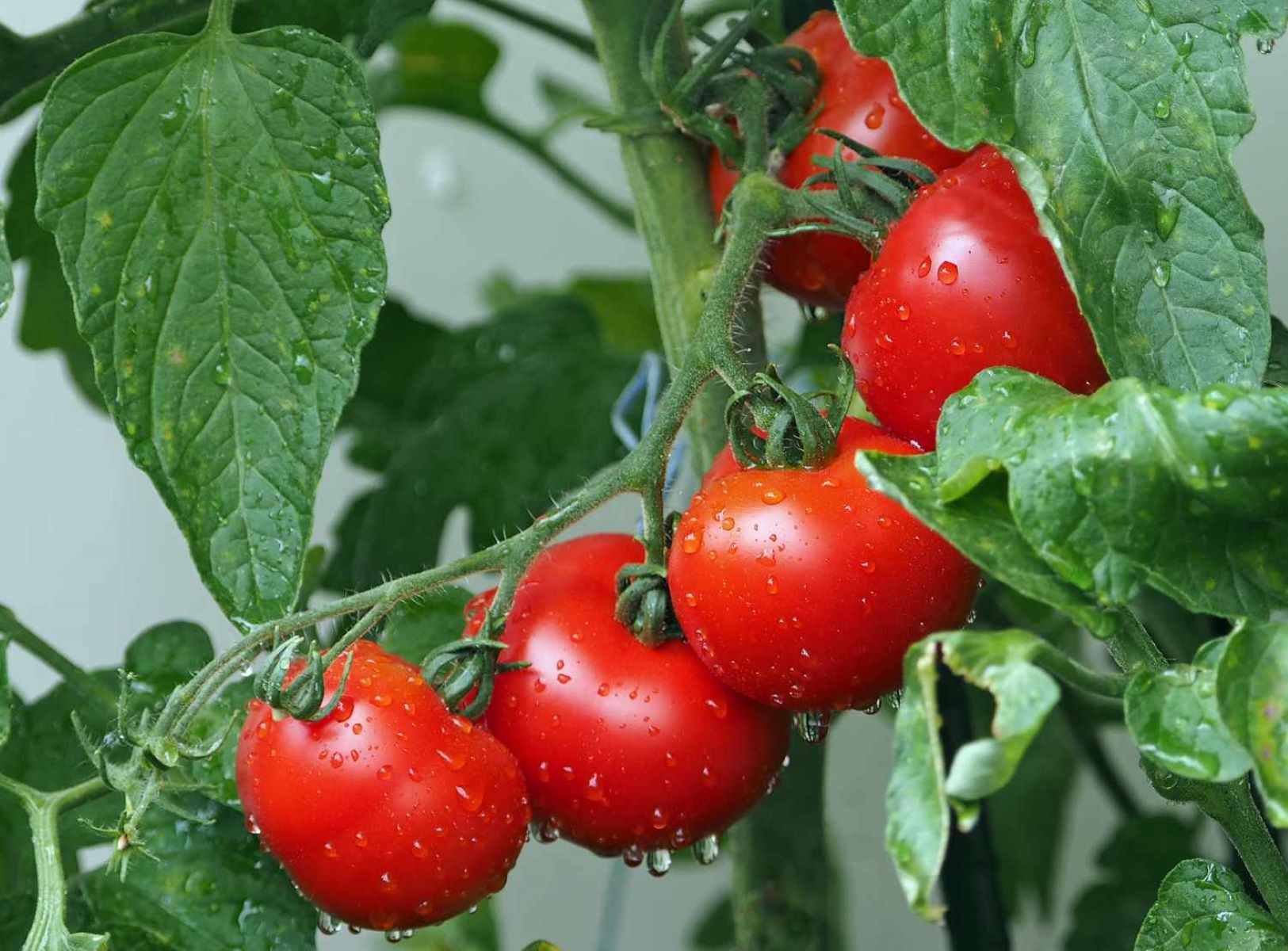
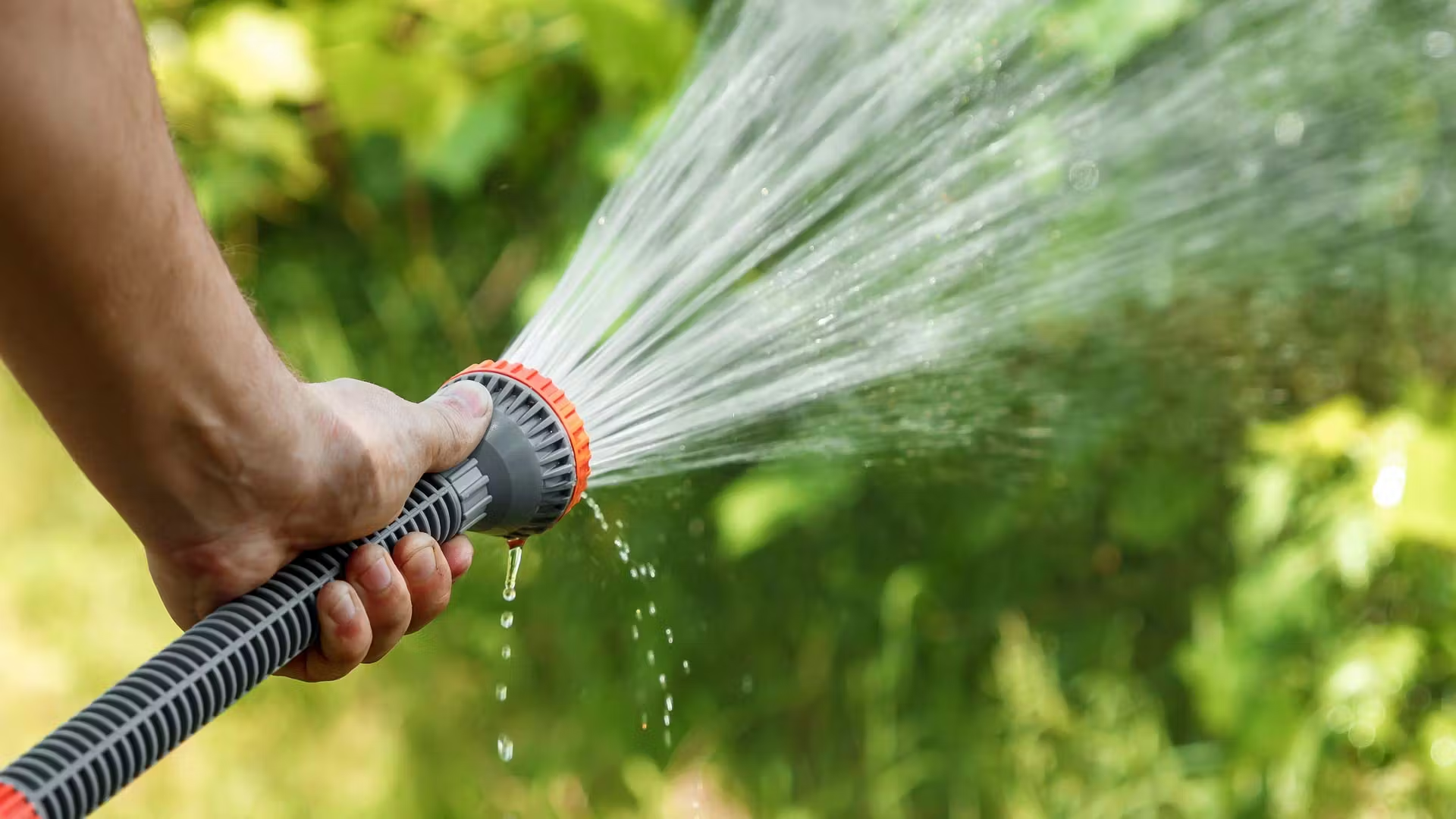
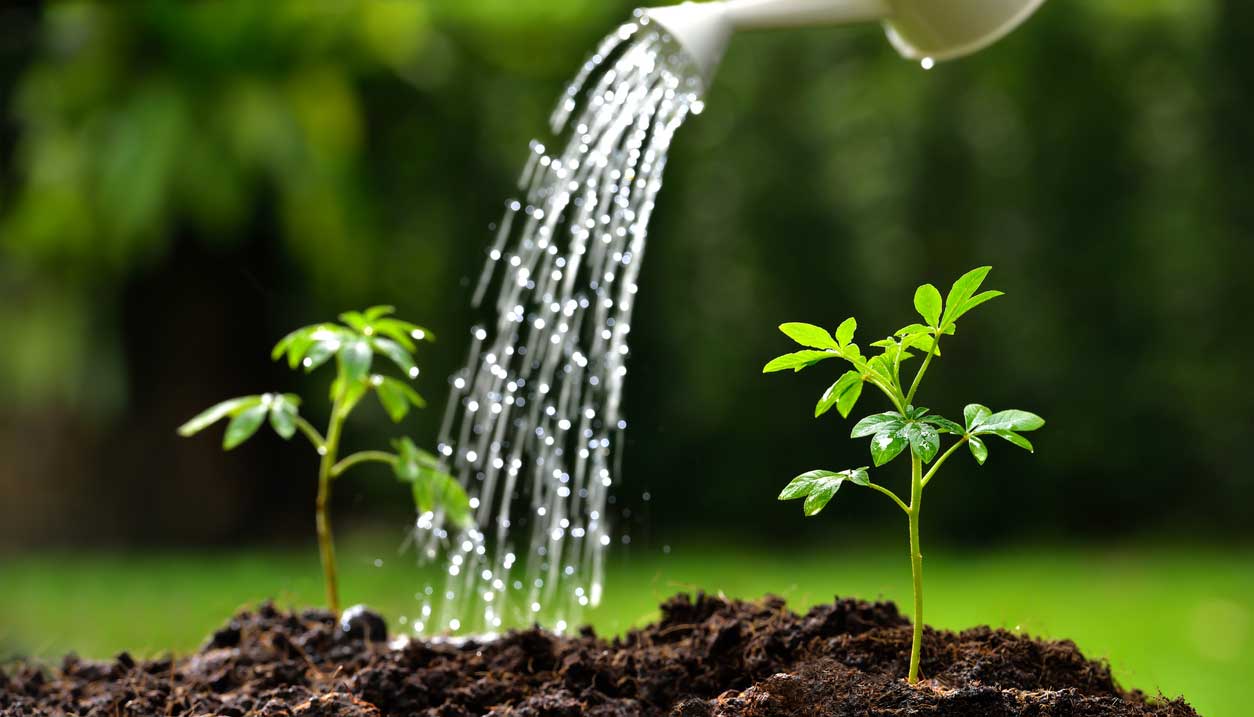
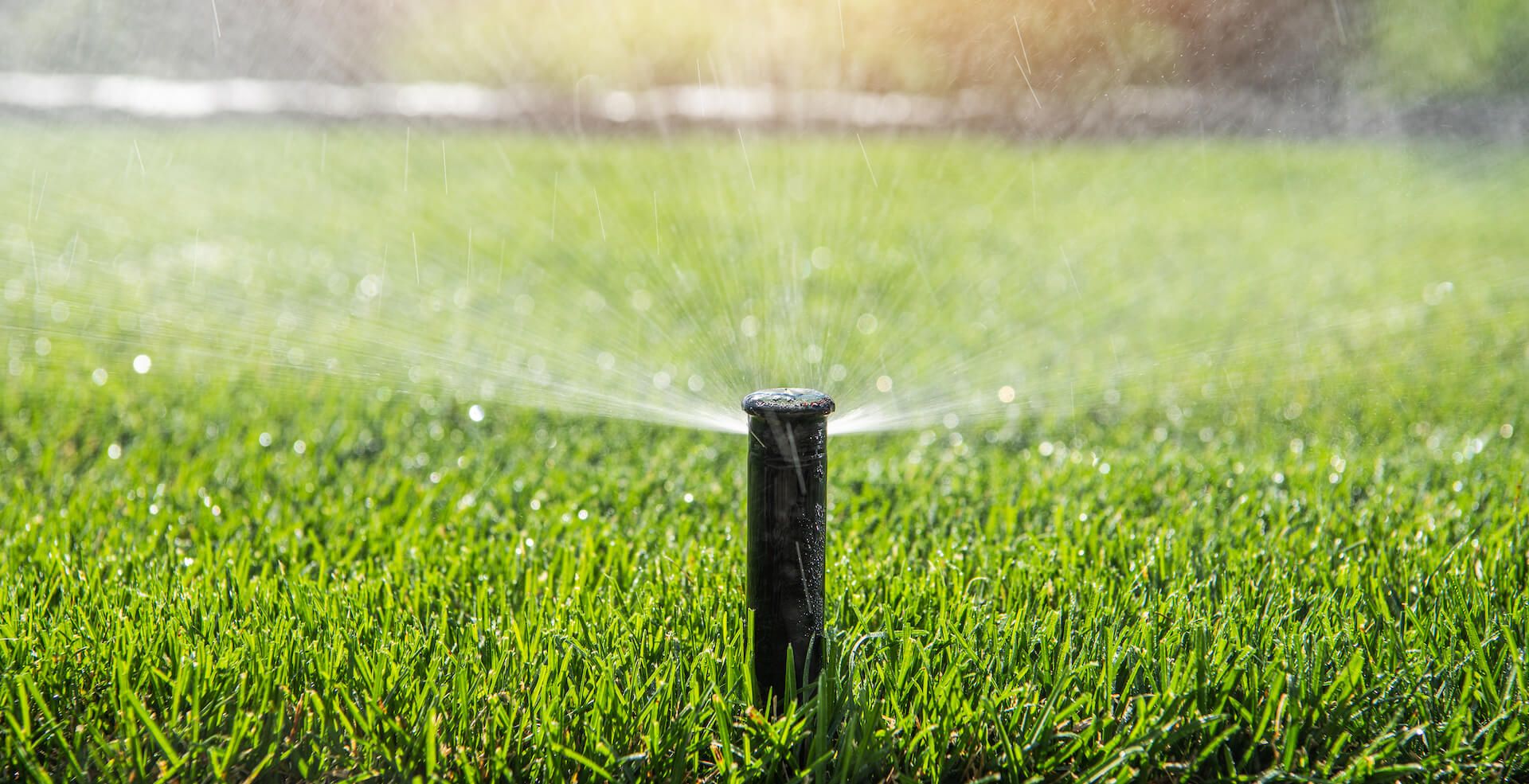

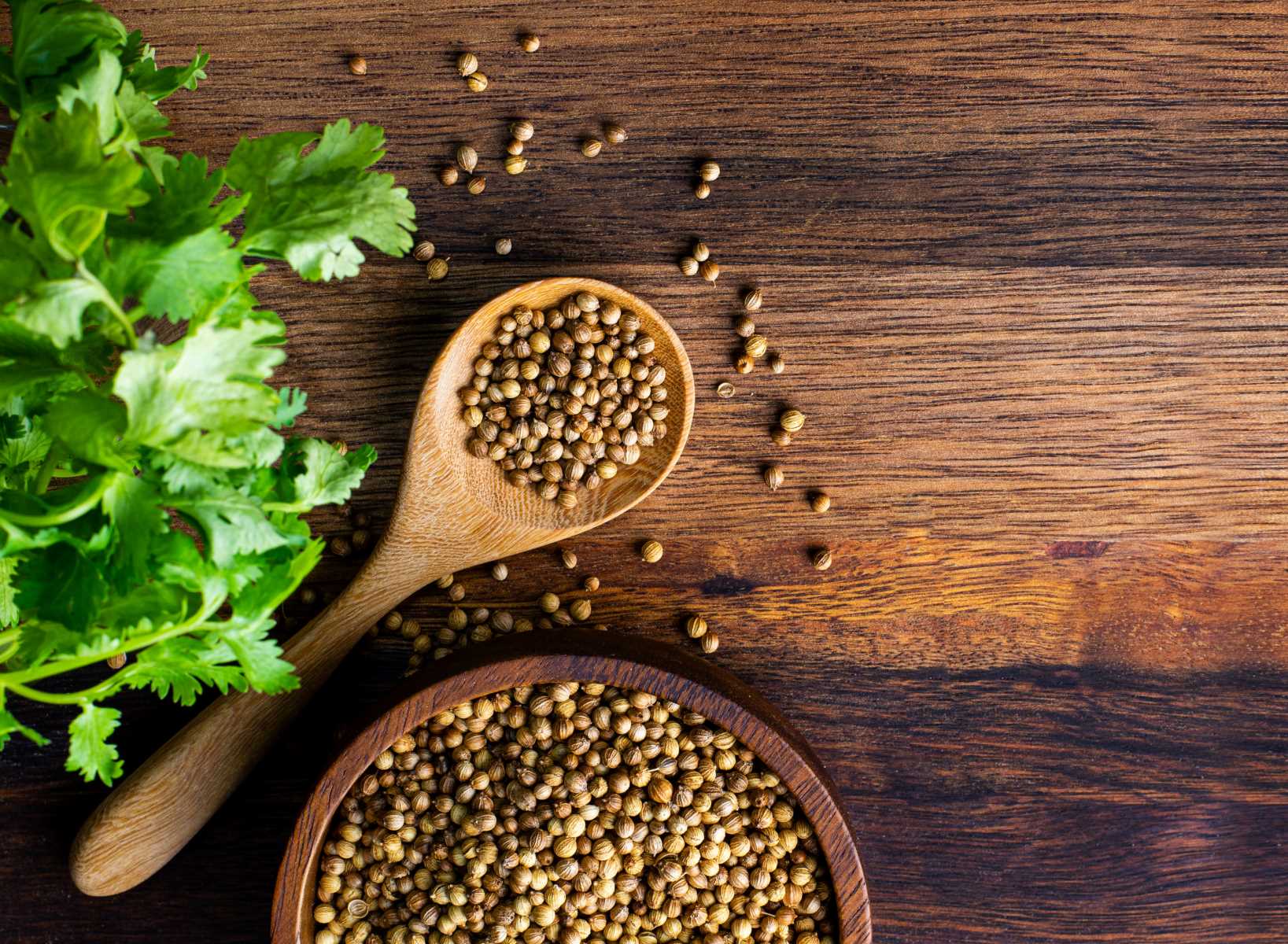
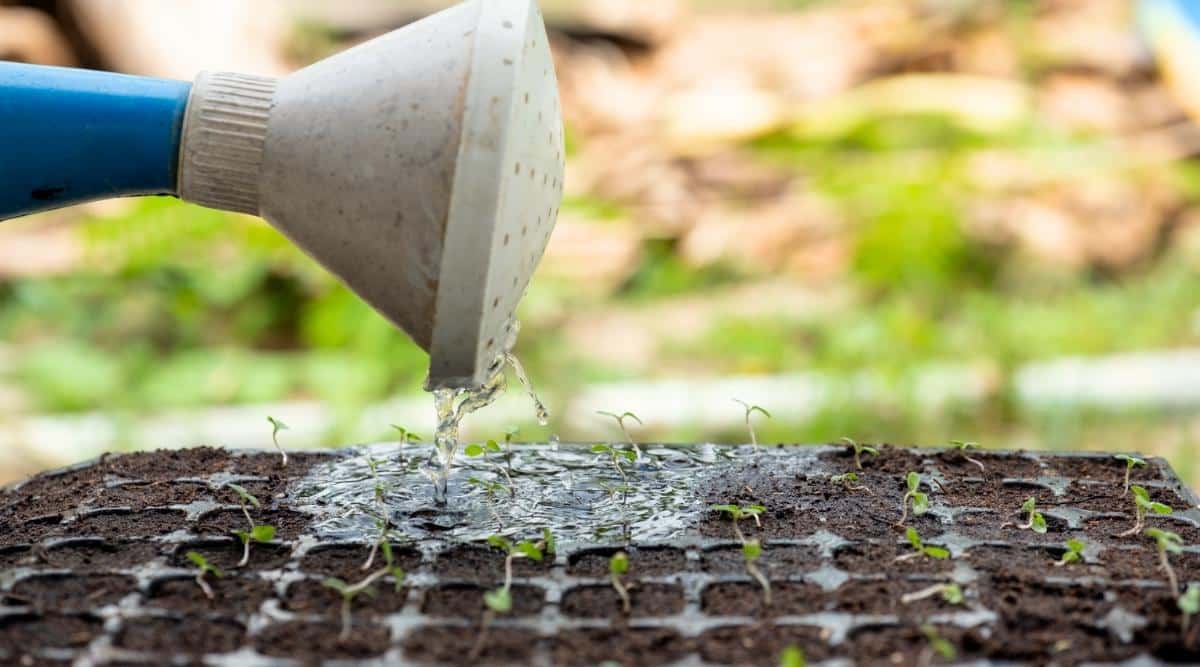

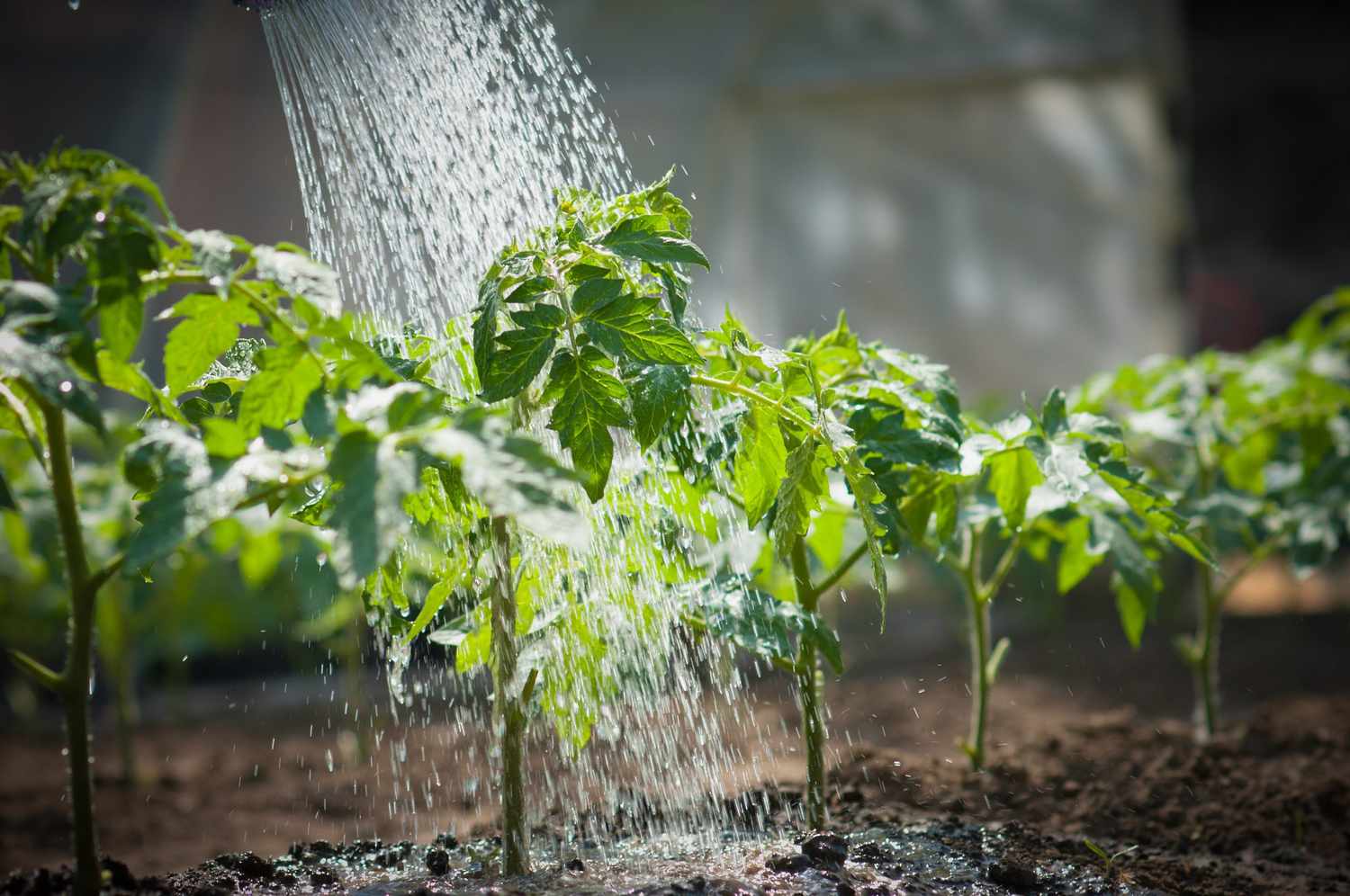
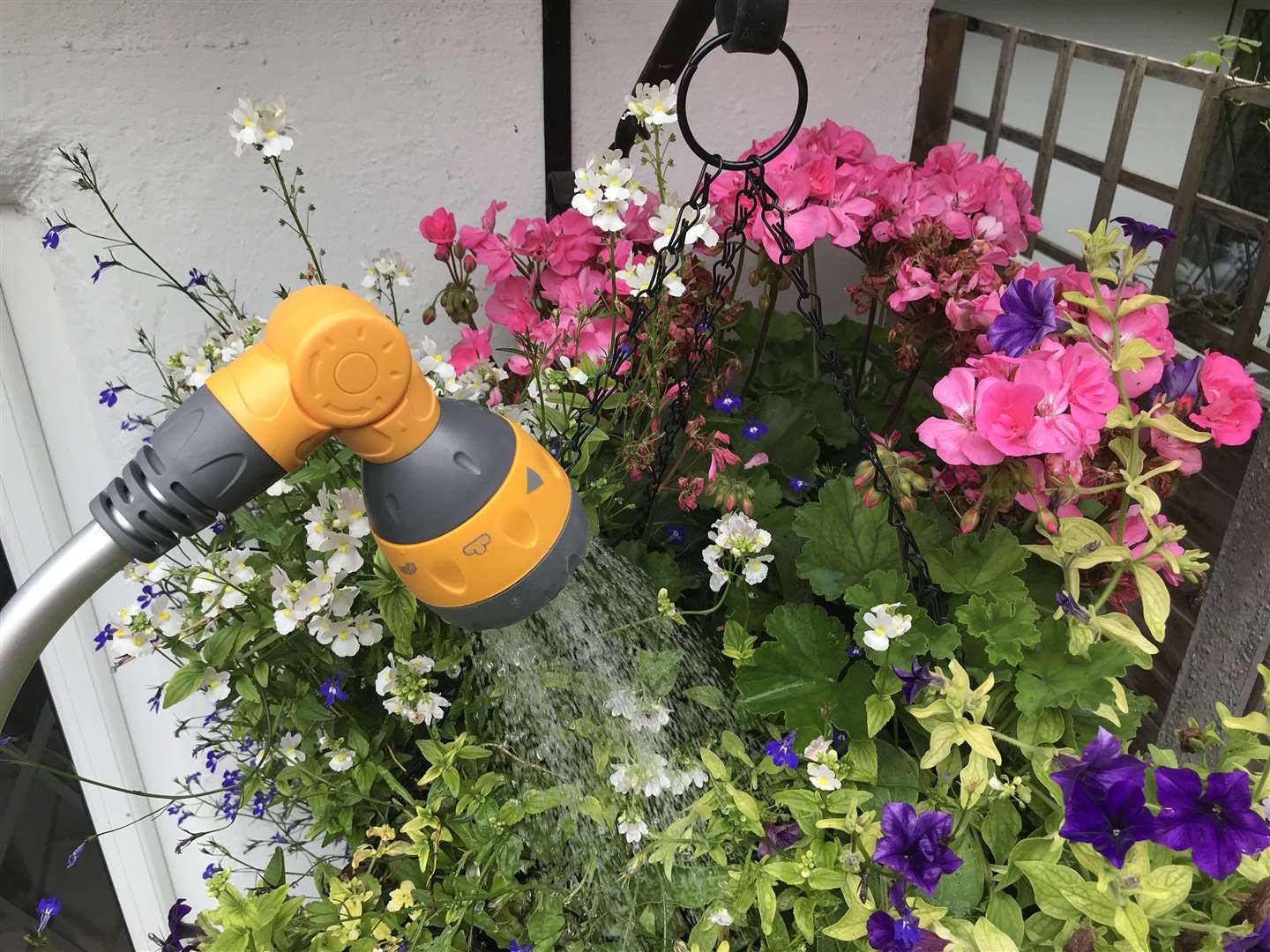
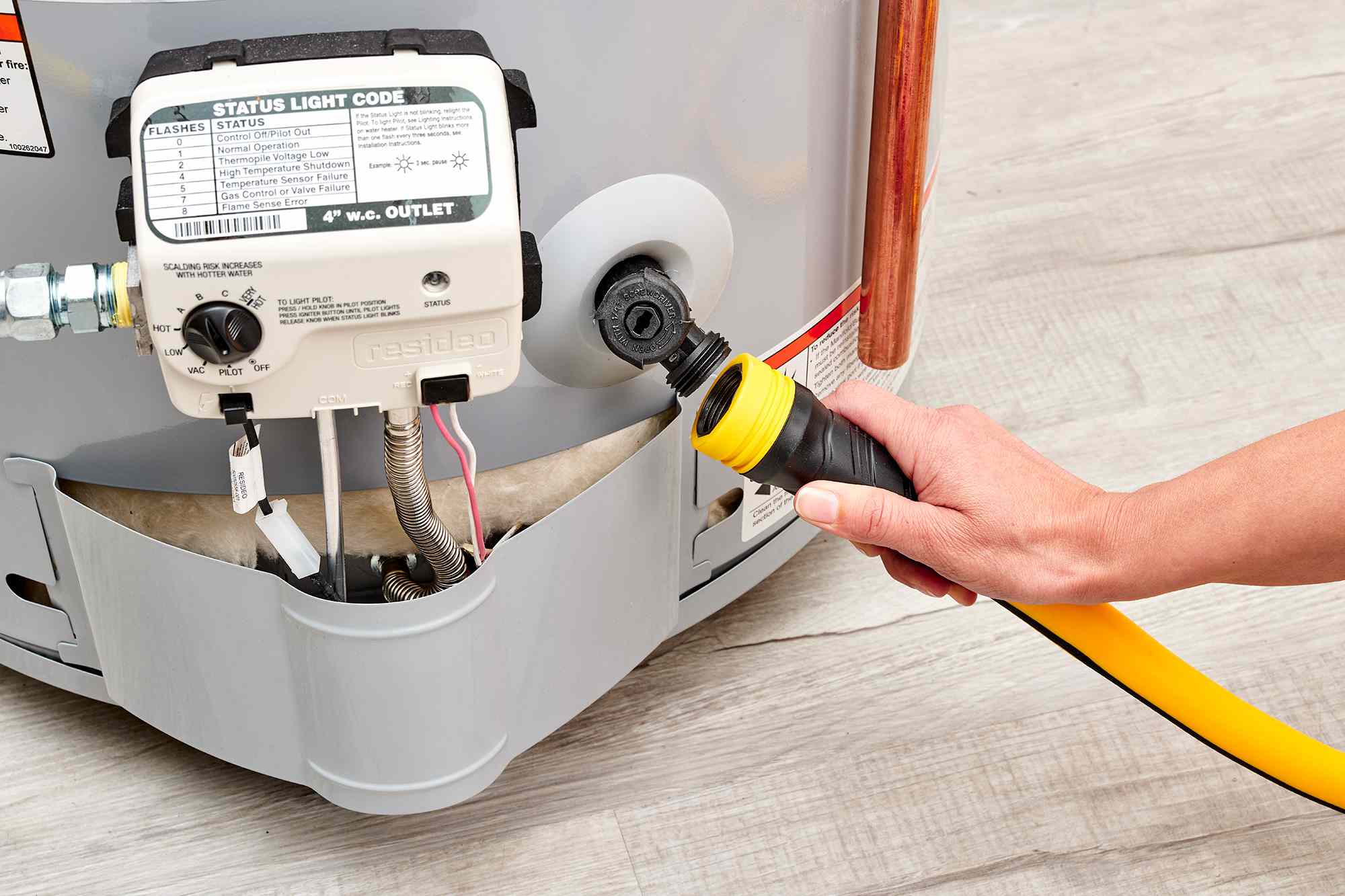
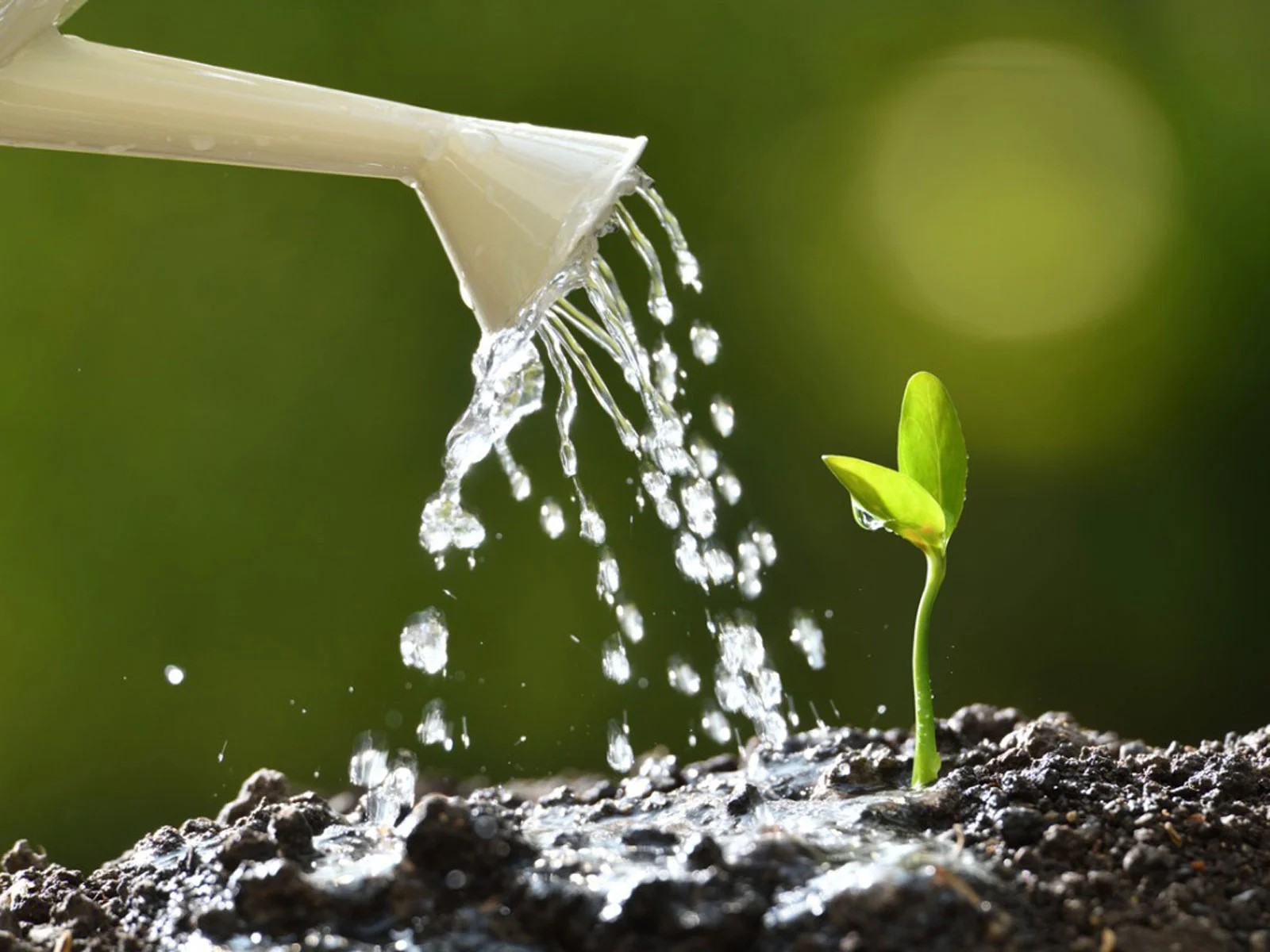
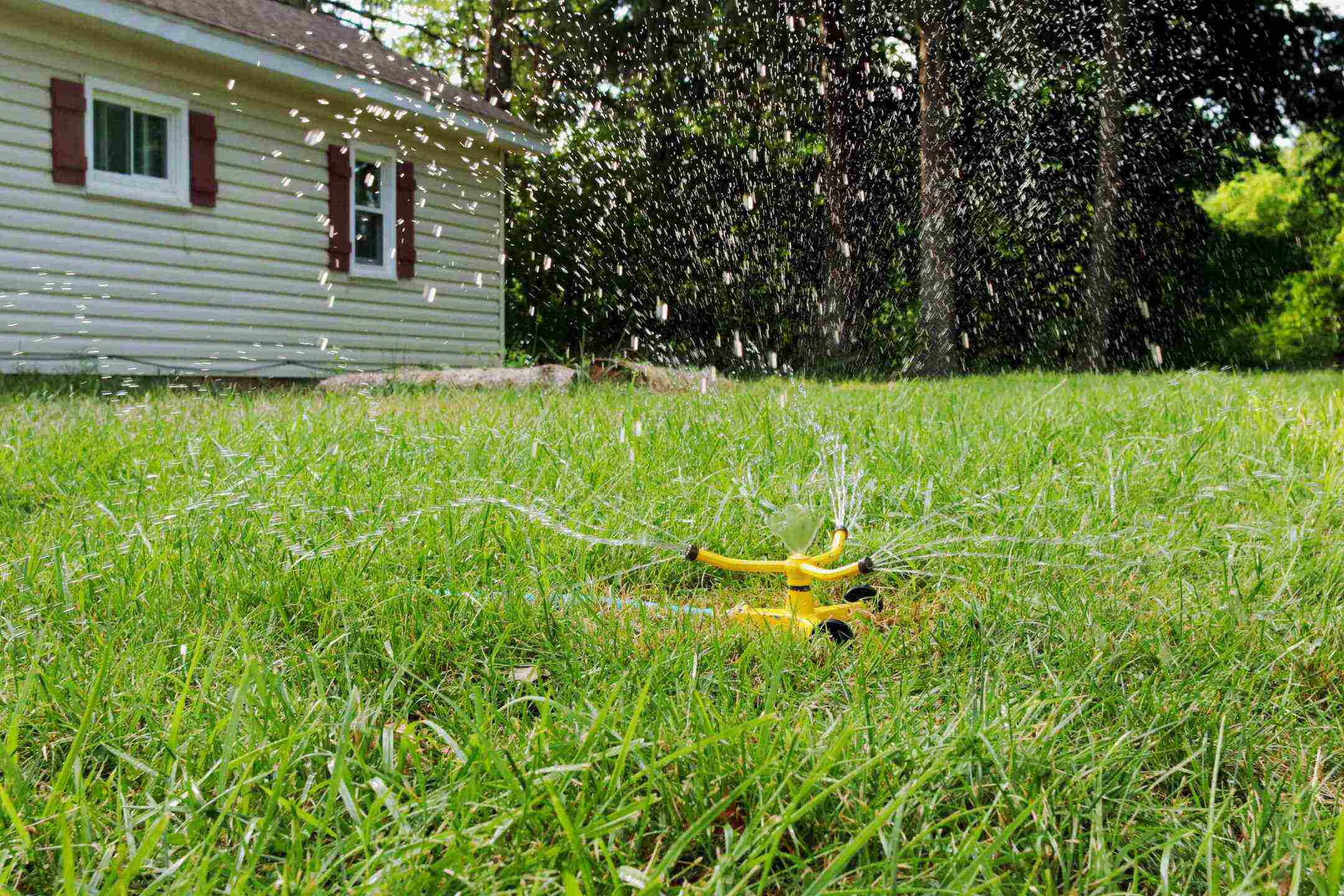


0 thoughts on “How Often Should You Water Basil Seeds”